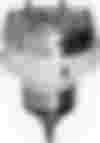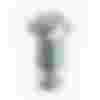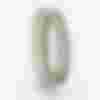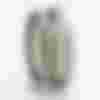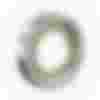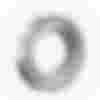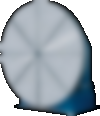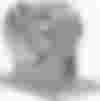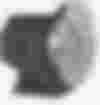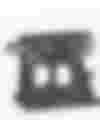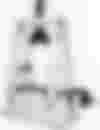Our reliable Peiseler trunnion tables have a horizontal swivelling axis and are driven by worm gears. While the trunnion tables in the compact and modular ATC series can also be used as tables, the AWU series is ideal for high tilting torques and high cutting forces thanks to its solid and rigid housing.
The ATC trunnion tables with a faceplate diameter of less than 500 millimeters are suitable for small sizes, while the AWU series is used for larger workpieces.
For maximum dynamics and control quality, the AWD trunnion table series is equipped with a direct drive, while the AWR trunnion tables can position even the highest loads dynamically thanks to preloaded gear drives.








